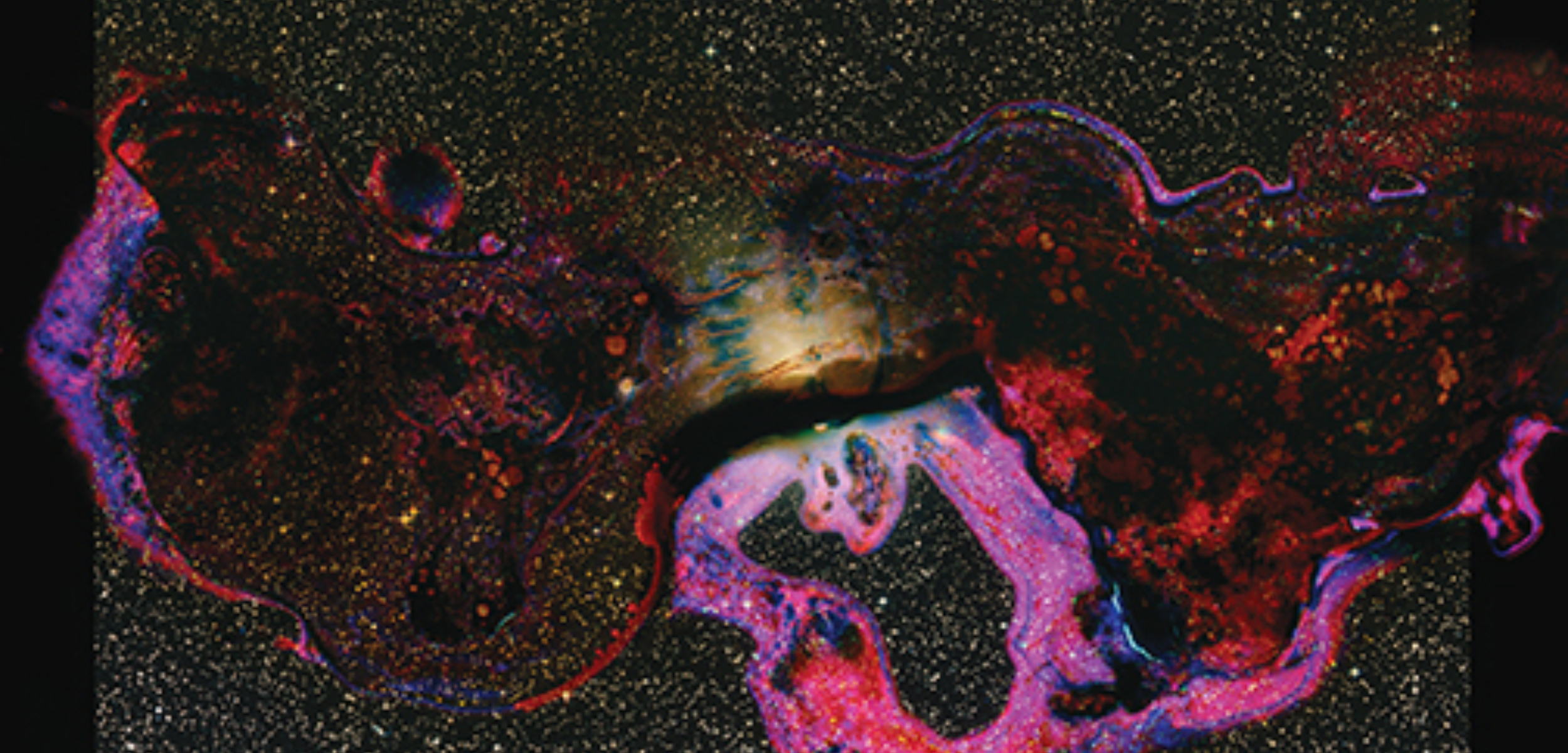
It’s ironic that visual artist Marcus DeSieno is more fascinated with unseen things.
“I’ve always had a desire to see what can’t be seen or to see the invisible,” he said. “Although, it sounds contrary to say that as a photographer.”
DeSieno, who is an assistant professor of photography at Central, has been described as an artist who is interested in how the advancement of visual technology changes and defines our understanding of the world.
Several years ago, DeSieno’s interest in the unseen took him to the world of bacteria for a series of photographs depicting images of microscopic bacteria. The photos, called “Cosmos,” have an otherworldly quality that evokes the vastness of the universe but in a microscopic world.
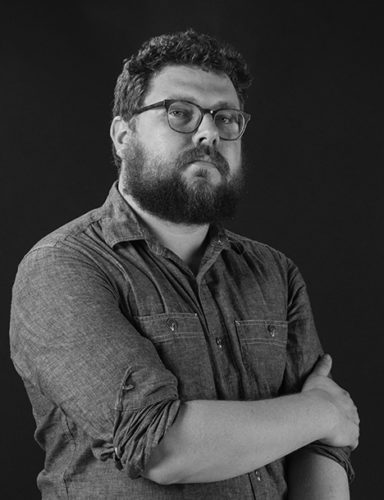
Marcus DeSieno
"My goal was to use unseen organisms to create something visual,” he said.
His photos—even more timely now in light of the COVID-19 outbreak—appeared earlier this year in The Washington Post. They have also been featured in Wired, Slate, Smithsonian, and National Geographic magazines.
DeSieno, 31, who has been teaching at Central since 2017, told the Post his photos were inspired by his fear of germs and his own obsessive-compulsive disorder.
“I was terrified by germs as a child, and I would wash my hands compulsively after touching something that even remotely seemed dirty,” he said.
DeSieno said he created the images by using cotton swabs to collect bacteria samples in “ubiquitous” places, such as a door handle, a toilet seat, his cat’s litter box, and his iPhone screen.
A thin layer of nutrient agar was applied to photographic transparency film and the sample was placed on top to grow. The bacteria ate through the agar and then the layers of the film.
Color film is comprised of layers of silver halide crystals and dye couplers, he explained. The end results were images that appeared surreal and cosmic, hence the name of the series.
DeSieno recalled that he was living in Florida at the time, so in order to get his cultures to grow properly, he needed a place that was dark and humid—so he stored them in the trunk of his car.
“The smell was so bad that I’m surprised I was able to later sell that car,” he added with a laugh.
To see the rest of the Desieno’s “Cosmos” series visit marcusdesieno.com/cosmos.
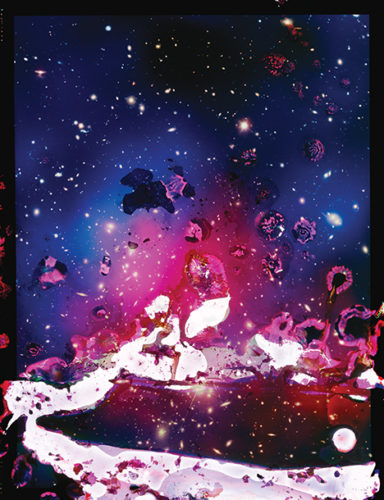
Photograph of Pandora's Galaxy Cluster consumed by bacteria from a cat litter box.
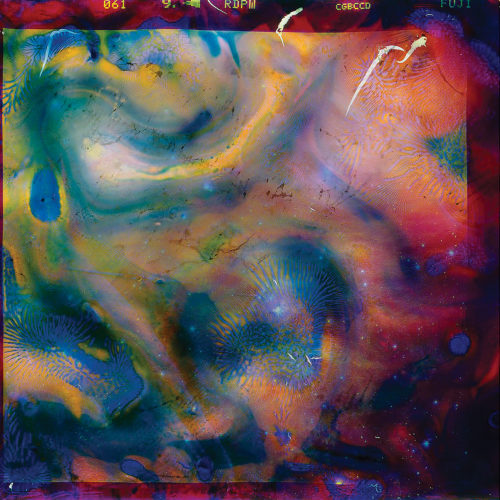
Photo eaten by bacteria found on a bathroom door handle.
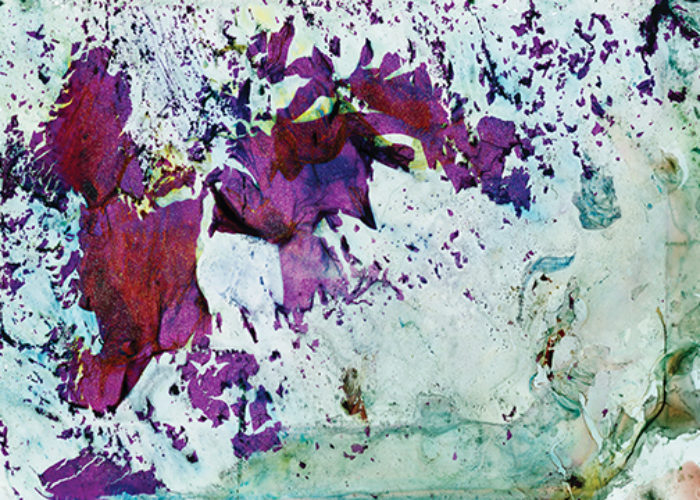
A star cluster eaten by bacteria found on DeSieno's iPhone screen.
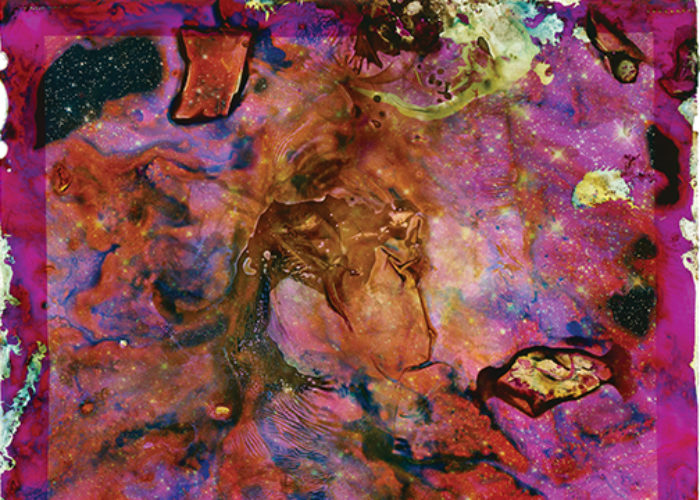
Little Dumbbell Nebula eaten by bacteria found on DeSieno's gym's 20-pound dumbbells.

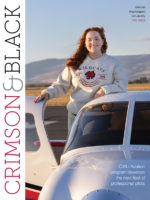

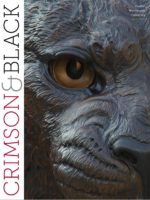
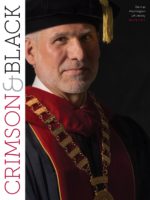

comments powered by Disqus